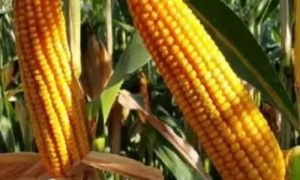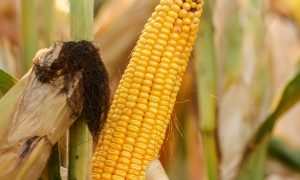India wastes 15.3% soybean, 7.8%wheat as post harvest loss

A new ICRIER policy brief reveals India’s post-harvest losses (PHL) data, showing soybean with the highest loss at 15.34%, followed by wheat at 7.87%. Paddy and maize follow at 6.37% and 5.95%, respectively. PHL results in an annual loss of $18.5 billion. Wheat suffers quality loss due to its hygroscopic nature. Regional disparities in paddy losses are noted. The study involved 1200 farmers and 116 market-level stakeholders in Punjab, Madhya Pradesh, and Bihar.
Post harvest losses (PHL)are significantly varied among different crops in India with soybean exhibiting the highest loss percentage at 15.34%, followed by wheat at 7.87%, a new policy brief published by Delhi based think tank Indian Council for Research on International Economic Relations
(ICRIER), says. Paddy at 6.37% and maize at 5.95%, are in the third and fourth positions. It is estimated that PHL of crops and agri-allied produce in India resulted in a loss of $18.5 billion annually during 2020 to 2022. Any reduction to PHL can reduce the impact of soil degradation, declining water table, and green-house gas (GHG) emissions that are associated with their production.
The study suggests that higher incidence of losses occurs during harvesting and threshing, compared to storage losses and addressing the specific challenges faced by farmers during initial stages of supply-chain is essential through mechanization for improving overall agricultural productivity
and reducing PHL.
It notes that wheat, among the studied cereal crops, incurs a higher quality loss of 2.27 percent due to the crop’s hygroscopic nature, leading to degradation of quality during
storage.
The study also highlights regional disparities in paddy losses within India, indicating the impact of the level of agricultural development of the state on post-harvest losses.
The study focused on selected crops in selected states and was based on surveys to capture both quantity and quality losses in three cereals (paddy, wheat, maize) and one oilseed (soybean). The primary survey collected data of 1200 farmers and 116 market-level stakeholders, distributed across districts
of Punjab, Madhya Pradesh, and Bihar.
The authors point out that the objective of their study was to estimate both the quantity and quality losses associated with key cereal crops including paddy, wheat, maize, and one oilseed (soybean), while also identifying the underlying factors contributing to post-harvest losses at the farmers’ level. They also undertook a thorough evaluation of the grain management practices implemented by the Food Corporation of India (FCI) for public distribution across the country. The challenges faced by private sector stakeholders in expanding storage infrastructure, with the overarching goal of reducing losses throughout the grain supply chain were also examined.
The study was carried out by Ashok Gulati, Distinguished Professor, ICRIER, Raya Das, Fellow, ICRIER and Alex Winter-Nelson, Professor and Interim Associate Dean, University of Illinois Urbana Champaign (UIUC), Illinois, USA.
Source Link: https://www.fortuneindia.com/macro/india-wastes-153-soybean-78-wheat-as-post-harvest-loss/116649
















